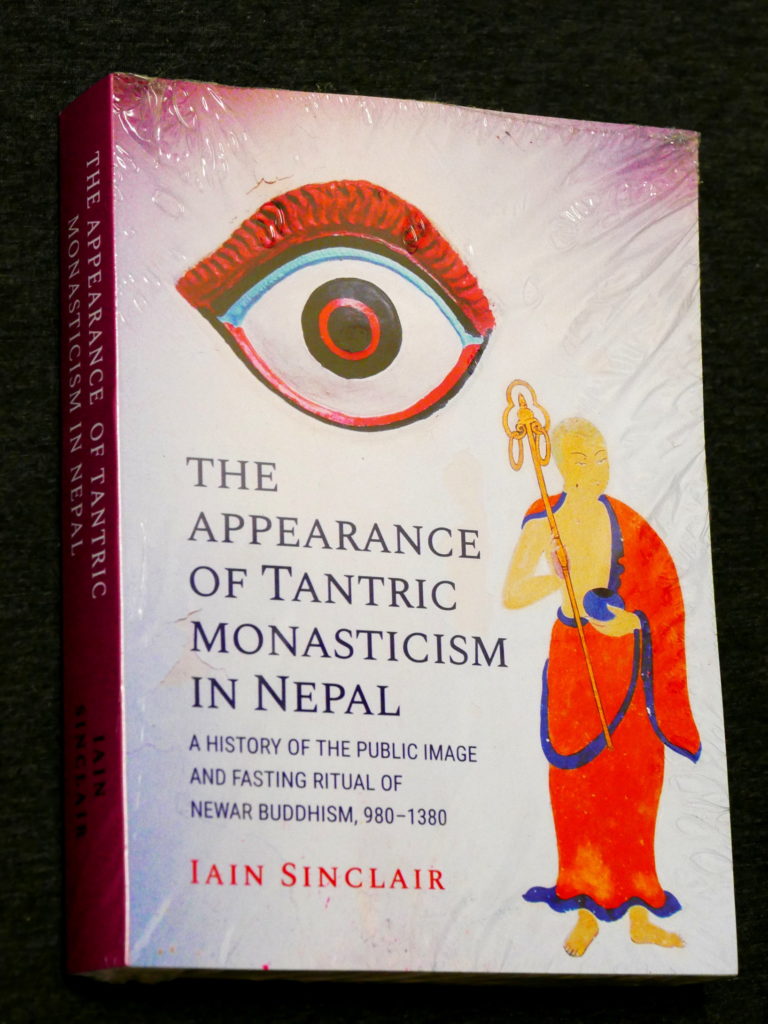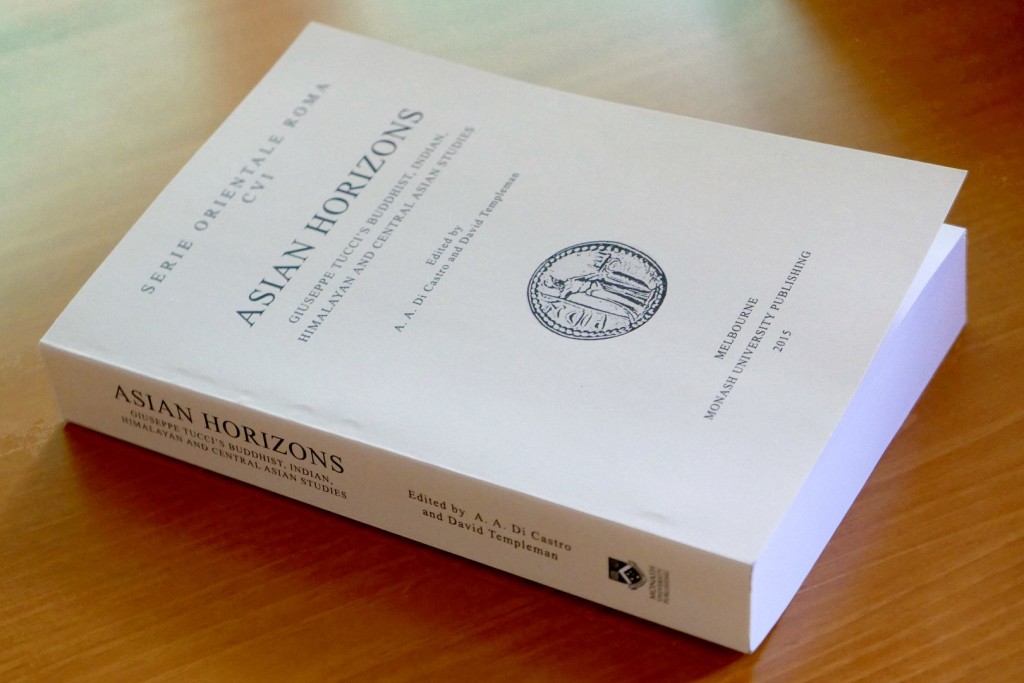A Correction: Contrary to a remark made in Greg Seton’s recent post on H-Buddhism (Nov. 22, 2008), I am not, at present, a Professor. Nor am I a PhD; nor have I ever claimed to be either.
This remark put me in an awkward position. One could post a correction to the list; but that would do more than merely add to the level of noise. It would also be to affirm a lowly status in the eyes of those who think that advanced degrees mean everything. Now that outcome, in itself, shouldn’t bother anyone in the slightest. Unfortunately, however, it does lead to difficulties, in my experience; for example in acquiring the all-important, yet notoriously elusive, primary materials for the study of Indo-Newar Buddhism. (For an example of what I’m talking about, note the desperate and isolated tone of Mr. Seton’s plea for manuscripts; and this guy is at Oxford, home to some of the most precious Sanskrit Buddhist manuscripts on the planet!)
The alternative is to say nothing. But this could be seen as deliberately failing to stop the dissemination of a falsehood. On the other hand, I hope you can understand why I may be reluctant to further associate myself with a thread that is plainly rife with errors and infelicities (which provided the spur for my emailing its author in the first place).
So, my solution for now will be to post a correction here, where it will be on the record, for anyone who wants to look for it, while being kept out of the face of the put-upon readers of H-Buddhism.
[And if you have made it this far, dear reader, I will let you in on something: this blog was actually started in response to dissatisfaction experienced in dealing with H-Buddhism; and it was resurrected earlier this year — something I was quite unwilling to do — for the very same reason. May the internet always grant us some mechanism(s) for circumventing the gatekeepers of official truth.]
 Iain Sinclair. 2016. ‘The appearance of tantric monasticism in Nepal: a history of the public image and fasting ritual of Newar Buddhism, 980-1380’. Monash University, Melbourne: PhD diss. 418 pp., 90 illustrations, 27 tables. DOI:10.4225/03/58ab8cadcf152
Iain Sinclair. 2016. ‘The appearance of tantric monasticism in Nepal: a history of the public image and fasting ritual of Newar Buddhism, 980-1380’. Monash University, Melbourne: PhD diss. 418 pp., 90 illustrations, 27 tables. DOI:10.4225/03/58ab8cadcf152




